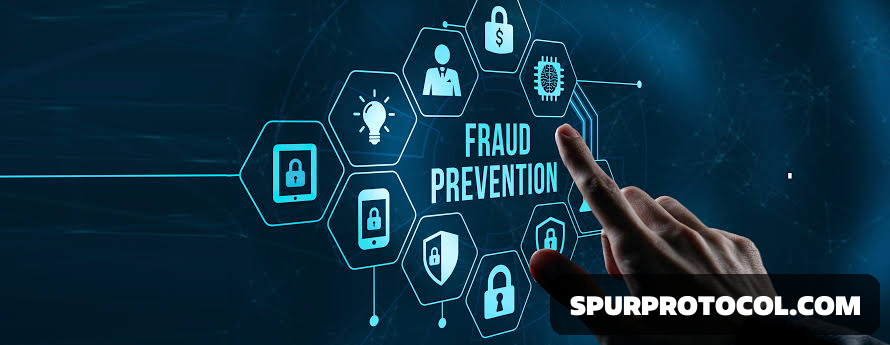What Is A Fraud Proof?
A fraud proof is a cryptographical evidence that a verifier submits to challenge a transaction's validity. They are widely used for blockchain scalability.
Go Back

🕒 7:38 PM
📅 May 12, 2025
✍️ By Ecojames
A fraud proof, also known as fault proof, is evidence presented by a verifier to contest the accuracy of a transaction state. Depending on its design, the fraud proof scrutinizes a subset of transactions to ascertain their validity.
How Fraud proof Work
- Fraud proofs operate by contrasting Merkle roots and confirming the initial and final state roots through either a one-time computation process or a multi-stage computation process.
-The blockchain utilizes a data structure called a Merkle Tree, where each transaction is stored as a leaf and subsequent branches are formed by progressively intricate hashes of the tree.
- The top node, known as the Merkle Root, compresses the data into a hash, which simplifies the process for users by eliminating the need to continuously download the full main chain.If a verifier decides to contest a transaction state change, they simply have to provide the existing post-state root along with specific segments of the Merkle tree necessary to calculate the accurate post-state root.
-If there is a discrepancy between the two, the transaction state changes are undone, and the hash is restored to a verifiably accurate state root.
Benefits of Fraud Proof
1. Prevention of Double Spending
By verifying the authenticity of each transaction, Fraud Proof ensures that the same units cannot be spent multiple times, maintaining the integrity of the network.
2. Enhanced Security
With Fraud Proof, the cryptographic proofs associated with each transaction provide an additional layer of security. These proofs are extremely difficult to forge or manipulate, making it highly improbable for malicious actors to carry out fraudulent activities within the network.
3. Transparency and Trust
Fraud Proof promotes transparency and trust within the cryptocurrency network. Since all transactions are validated using cryptographic proofs, users can easily verify the authenticity of any transaction by examining the associated proof.
4. Scalability
Unlike some traditional consensus mechanisms, Fraud Proof can offer scalability benefits. By eliminating the need for resource-intensive mining or staking processes, Fraud Proof can process transactions more efficiently, allowing for faster and more scalable networks.
Advantages and disadvantages of fraud proofs
1. Lower computational overhead
Fraud proofs require less computational effort upfront since transactions are assumed to be valid until proven otherwise.
2. Simplicity and flexibility
The optimistic approach is simpler to implement and does not require complex cryptographic proof systems.
3. Lower gas fees
Optimistic rollups typically have lower gas fees as fraud proofs require less computational power than validity proofs for transaction validation.
Disadvantages of fraud proofs
1. Longer finality times
Transactions are confirmed once processed by the L2 sequencer, but they need to wait for the challenge period (usually lasting roughly seven days) to pass, resulting in delayed settlement on L1 and, hence, longer finality times.
2. Potential for malicious behavior
The assumption of validity by default could be exploited if insufficient incentives or mechanisms exist to detect fraud.
3. Economic security model
This model relies on economic incentives (stakes and penalties) to ensure honesty, which can be weaker than cryptographic guarantees. Fraud proofs rely on the honesty of the operators

